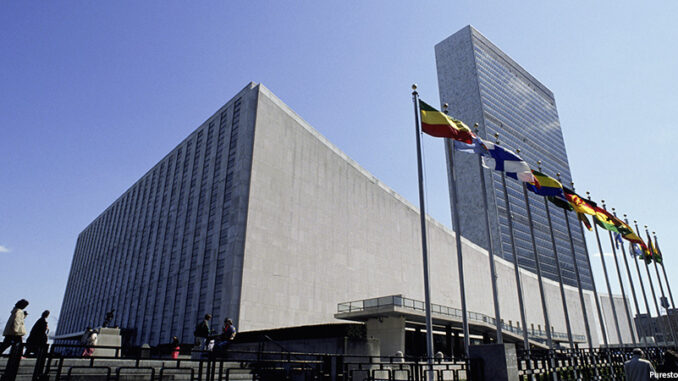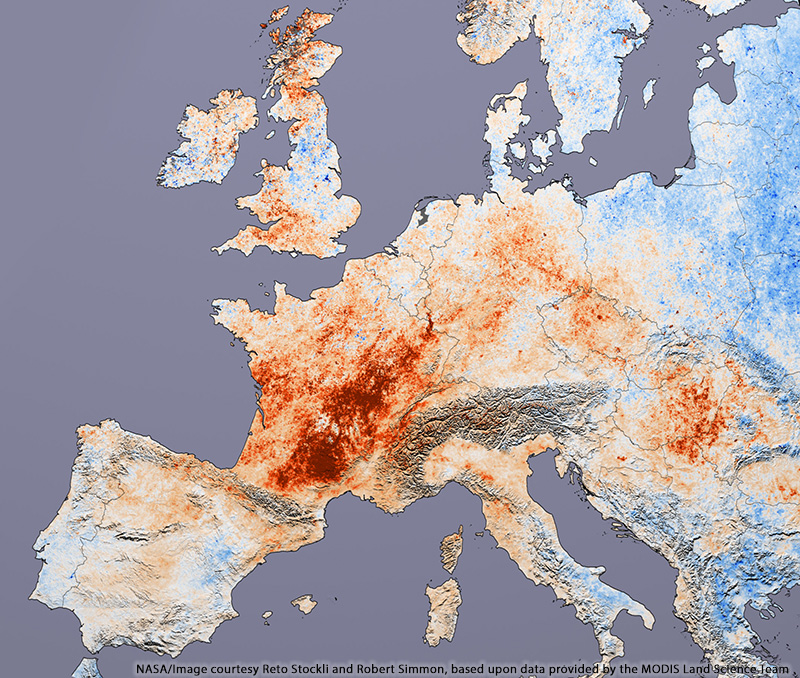
Over the years, btw has brought you stories about Climate Control—what it is, what it does, and measures proposed to slow its effect. Last week, around 25,000 representatives from nearly 200 countries came together in Paris for talks aimed at creating a legally-binding agreement to reduce carbon emissions globally.

Key Issues
From November 30 to December 11, the United Nations hosted the 21st conference of the Parties to the UN Framework Convention on Climate Change. Nicknamed COP21, the conference is a result of Agenda 21, a 700-page document made public at the 1992 Earth Summit. Every year since 1992, representatives from around the world have met to attempt to strike a deal on greenhouse emissions but have yet to do so. The initial summit focused on the issues of alternative sources of energy to replace fossil fuels, toxic components of energy production, implementing systems to reduce vehicle emissions in public transportation, and global water supply and usage.
The main focus of COP21 is likely to include discussion of the following:
- Limits According to experts, if industrialization around the world continues without any policy interventions, the earth’s temperature could rise approximately five degrees by the year 2100. A two-degree increase (2c) is the level that scientists have determined the earth can tolerate without catastrophic change to sea levels, wildlife, food production and water reserves. To reach the proposed goal of 2c, the world must cut emissions by an estimated 36 billion tonnes of carbon.
- Responsibility Opinions are divided over which countries should do what when it comes to working together to achieve the 2c goal. Some believe that industrialized nations should do more because they are responsible for more industrial pollution. Others feel that everyone must contribute in order to reach collective goals. China, the United States and India are considered the world’s top polluters. President Obama, Chinese President Xi Jinping and Indian Prime Minister Narendra Modi met during the conference one-on-one to discuss strategies.
- Cost In the 2009 summit, a group of industrialized countries pledged $100 billion to help poorer countries develop an infrastructure and technology needed to cut their emissions. The source of the money and how it will be distributed was never determined. The United States has pledged $3 billion (which is subject to Congress approval) and China has committed $3.1 billion. Business leader Bill Gates and other private investors have pledged a combined $7 billion to go toward the research and development of green energy.
Back at Home
One major challenge for leaders is the fundamental major divide between political parties on this issue. Republicans, in general, believe President Obama’s proposals will cost American jobs, while Democrats, generally, feel the federal government is not doing enough to protect the environment. In speeches to the COP21 crowd, both President Obama and Russian President Vladimir Putin addressed the conflict between economic growth and environmental protection, saying that the pact could achieve both concerns.
